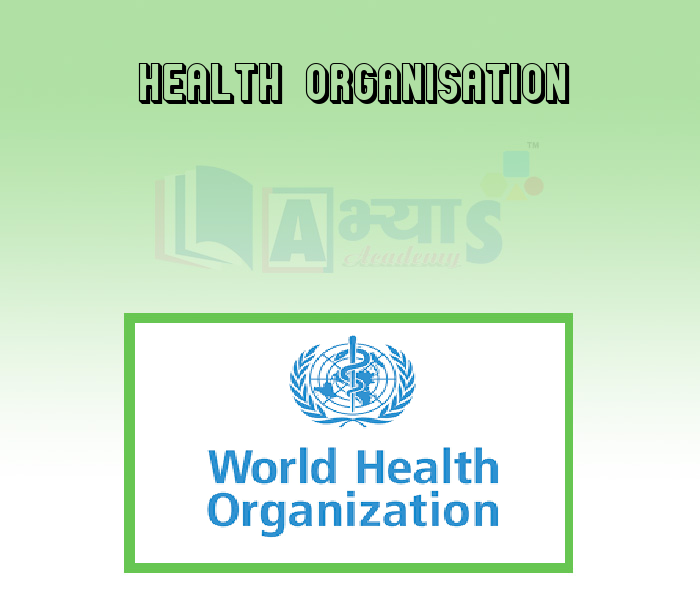Health Organisation


Health Organisation
Two most important International bodies concerned with people's health are :
1. Red Cross : -
The Red Cross is a national as well as International agency. The main function of Red Cross Society is to perform activities which should prevent or remove human sufferings in peace time as well as at the time of war. It was formally founded in 1864. The emblem of the Red Cross Society is a red-coloured cross painted on a white background.
People belonging to the Red Cross can go to battlefields and take care of the wounded soldiers whether friends or enemies. Major activities of Red Cross Societies are as follows :
2. WHO (World Health Organisation) : -
The World Health Organisation (WHO) established in 1948, is a specialised agency of the United nations Organisation (UNO).
Reasons for the formation of WHO :-
Member countries of the UNO focused on the need for creating an international body to look after the health problems of people of the world. This was particularly felt in the fields of research on the causes and cures of diseases. The combined efforts in this poor and developing countries were to benefit quickly.
Who has six regional offices in the world including one in Delhi. Each regional office works for its member countries. Its headquaters and located in Geneva. Member states of WHO are bound by the International Sanitary Regulations to send in all relevant information about the Internationally notifiable diseases. Malaria and small - pox are two such notifiable diseases.
Main activities of WHO are as follows : -
Students / Parents Reviews [10]
A marvelous experience with Abhyas. I am glad to share that my ward has achieved more than enough at the Ambala ABHYAS centre. Years have passed on and more and more he has gained. May the centre flourish and develop day by day by the grace of God.

Archit Segal
7thIt has a great methodology. Students here can get analysis to their test quickly.We can learn easily through PPTs and the testing methods are good. We know that where we have to practice

Barkha Arora
10thIt was good as the experience because as we had come here we had been improved in a such envirnment created here.Extra is taught which is beneficial for future.

Eshan Arora
8thMy experience with Abhyas academy is very good. I did not think that my every subject coming here will be so strong. The main thing is that the online tests had made me learn here more things.

Hiya Gupta
8thMy experience with Abhyas is very good. I have learnt many things here like vedic maths and reasoning also. Teachers here first take our doubts and then there are assignments to verify our weak points.

Shivam Rana
7thMy experience was very good with Abhyas academy. I am studying here from 6th class and I am satisfied by its results in my life. I improved a lot here ahead of school syllabus.

Ayan Ghosh
8thI have spent a wonderful time in Abhyas academy. It has made my reasoning more apt, English more stronger and Maths an interesting subject for me. It has given me a habbit of self studying

Yatharthi Sharma
10thAbout Abhyas metholodology the teachers are very nice and hardworking toward students.The Centre Head Mrs Anu Sethi is also a brilliant teacher.Abhyas has taught me how to overcome problems and has always taken my doubts and suppoeted me.

Shreya Shrivastava
8thAbhyas Methodology is very good. It is based on according to student and each child manages accordingly to its properly. Methodology has improved the abilities of students to shine them in future.

Manish Kumar
10thIt was a good experience with Abhyas Academy. I even faced problems in starting but slowly and steadily overcomed. Especially reasoning classes helped me a lot.
